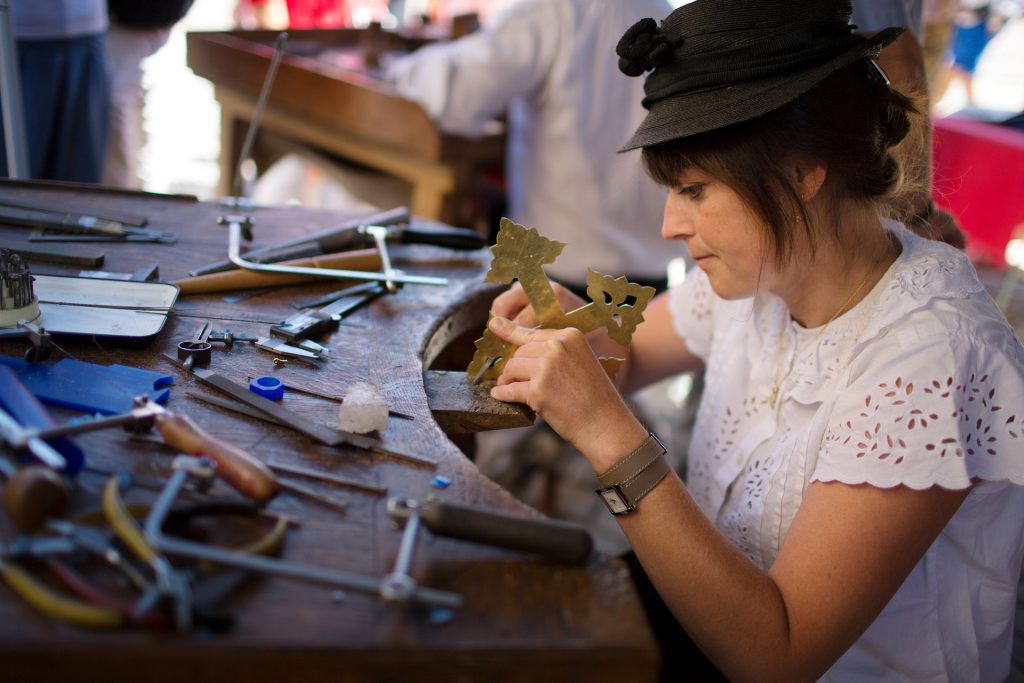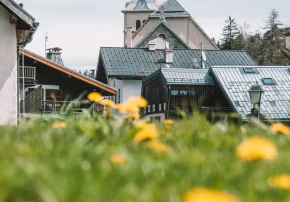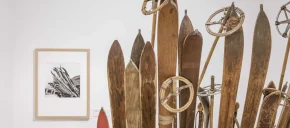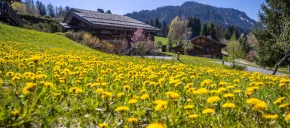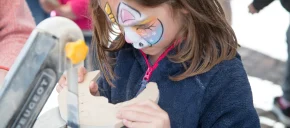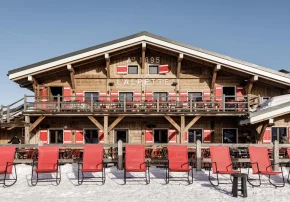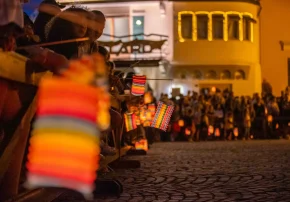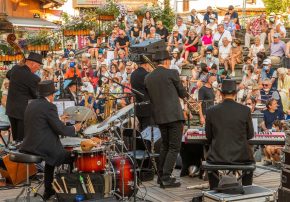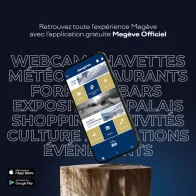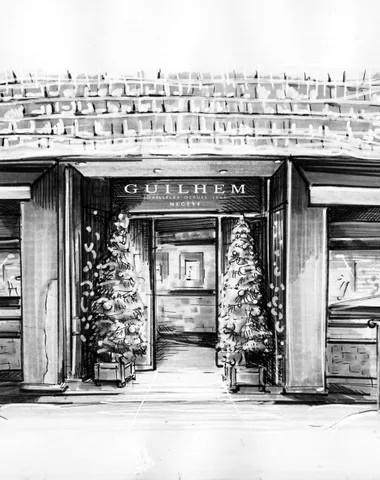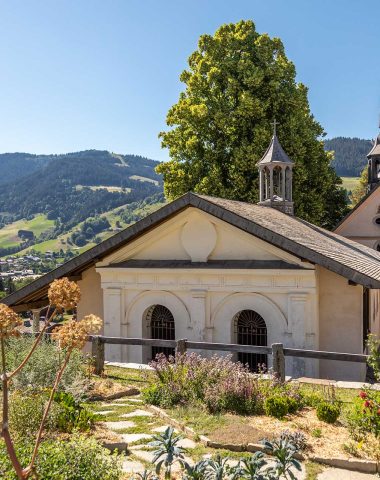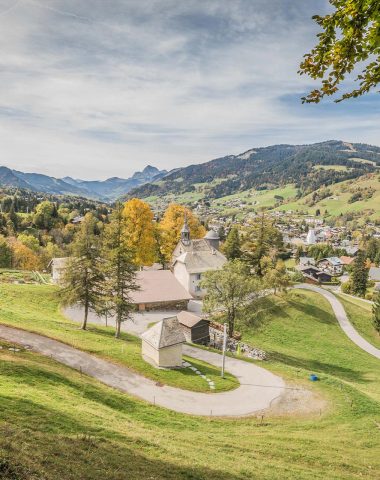There are stories that we like to tell, like that of the Cross of Megève. With roots well anchored in the history of the village, it continues to live today undeniably with the times! A sign of belonging to a valley, the Cross of Megève was once passed down from mother to daughter. A tradition and a heritage that would have disappeared a long time ago, without the know-how and the will to transmit it from the artisan-jeweler Dominique Joly-Pottuz.
The story of the Cross of Megève
To understand the history of the Cross of Megève, let's go back to the 1750s, when Megève was attached to Piedmont-Sardinia.
At that time, the conscripts left near Turin to perform their military service for 7 years. There, at a goldsmith's whose address was jealously kept secret and passed on by the village elders, they had a cross made which they offered to their betrothed upon their return. This large gold cross, entirely carved by hand, was adorned with a Christ or a Virgin.
Today's emblem of the folk group of Megève Knitwear and Béguines, it is currently still manufactured and available in several models by the artisan jeweler Dominique Joly-Pottuz.
Many of the people who had inherited these wedding crosses asked the artisan jeweler to melt them down and create more modern jewellery.
Nevertheless, Mrs. Joly-Pottuz immediately alerted her children and the people of Mégevans to the significance and great heritage value of these crosses, knowing that on this date, there were only 80 left in the families.
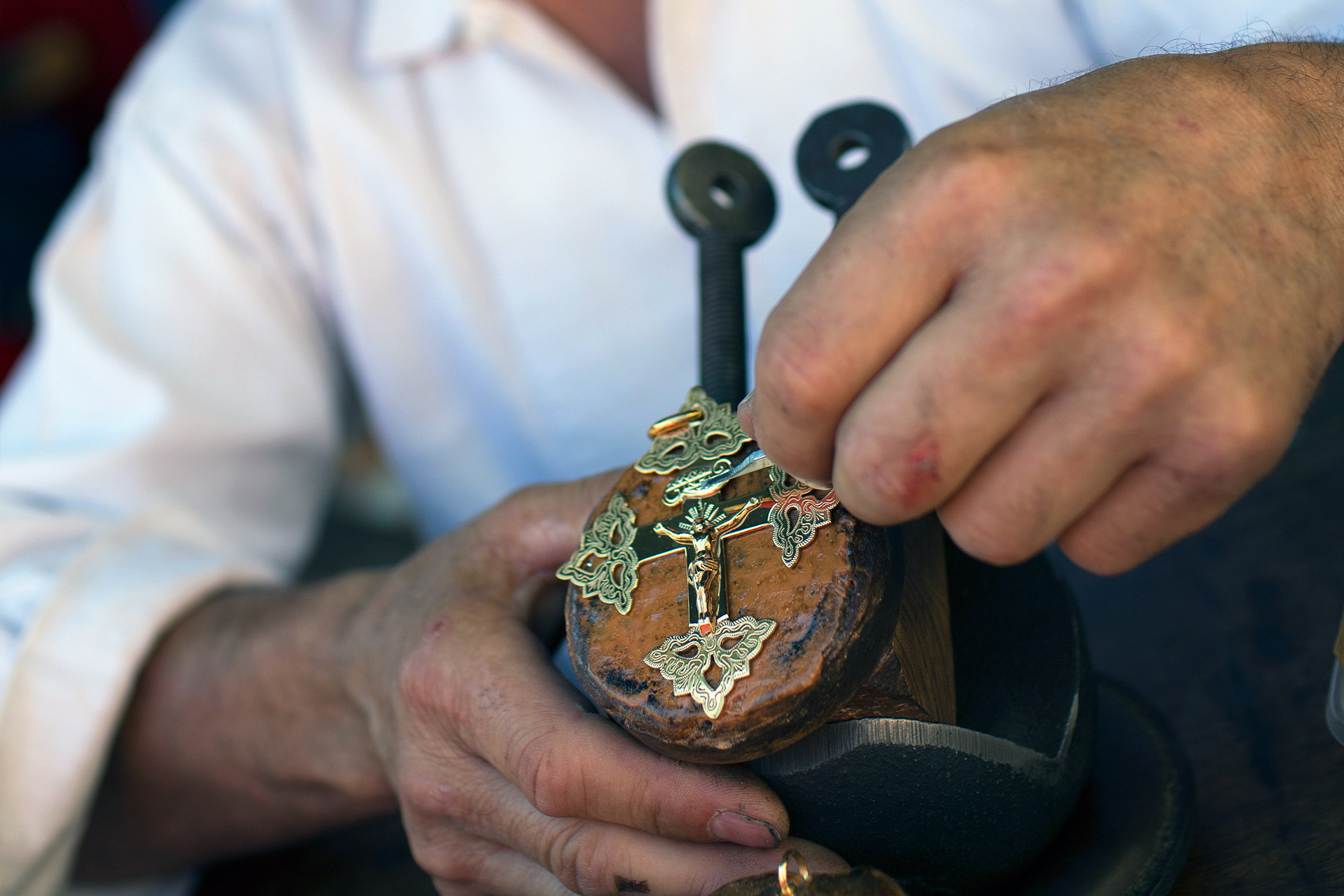
Meet the craftsmen and jewelers of Megève
Dominique Joly-Pottuz therefore decided to resume the manufacture of this historic jewel in his village workshop, taking inspiration from his family's cross. A production that we can also appreciate every summer during the Fête des Vieux Métiers.
In white or yellow gold, with or without chasing and stone, it remains entirely handmade. Nowadays, it is offered during births, baptisms, communions or brought back by holidaymakers in their suitcases.
Legacy of megevan heritage, it symbolizes a sense of belonging to a village, to an art of living. Certainly, it is a jewel but in its history lies its true value!
